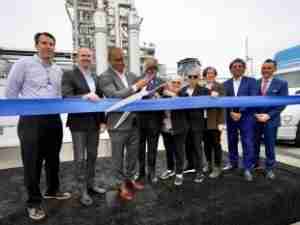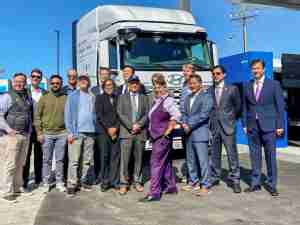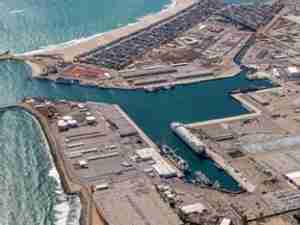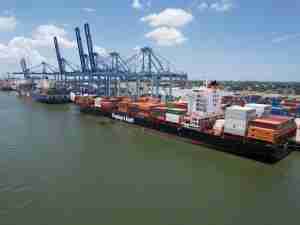China, already the top iron ore importer and coal user, is expected to consume even greater amounts of commodities over the next few years to help fuel the rapid growth of the world's second largest economy.
But major congestion at ports from Newcastle to Paradip to Balikpapan could force the world's most populous country to turn to imports from suppliers further afield, such as the United States and Canada, which don't have the same bottlenecks.
"It seems that (Asia Pacific) port capacity is constantly running behind actual demand," said Klaus Nyborg, chief executive of Hong Kong-based dry bulk shipping firm Pacific Basin, one of Asia's biggest small shipowners.
"This is because many ports are owned by governments and therefore the process is much longer than it would be if they were privatised," he added.
Waiting in Line
Port congestion ties up around 10 percent of the world's dry bulk fleet, analysts said.
"It really comes down to Australia. If they can sort themselves out, then congestion will decline," said Bjorn Bodding, an analyst with shipbroker RS Platou Markets.
A long parade of more than 40 ships queues daily at Australia's Newcastle, the world's busiest coal terminal, and waits an average of two weeks to load its cargo due to rail and other bottlenecks between the mines and the port.
In Indonesia, low water levels in the key Barito river during the dry season can limit coal barge trips to offshore loading facilities for up to five months a year.
And in India, trade has been limited because the bulk of its ports are too small to take 150,000-ton cape vessels, most commonly used for long-haul dry bulk shipments from key iron ore ports such as Paradip on the southeast coast.
In response, governments, mining companies and port operators have promised to spend billions of dollars to build new terminals, lay more rail tracks and upgrade cargo handling facilities.
Australia has earmarked more than $40 billion for port development projects, while India aims to spend $500 billion and Indonesia $140 billion to overhaul roads, railways and harbours over the next five years.
But with the global economic recovery still in a fragile state, analysts doubt funding will be delivered as promised.
Concerns are already emerging that India may miss its 2012 investment target because of bureaucratic hurdles.
"It's difficult for governments these days because China can easily turn off the tap and use their own supplies, leaving countries with a huge bill to pay without the returns," said Simon Francis, managing director of UK-based Global Ports, which publishes a daily sea congestion index.
But failure to spend now may mean missing the China boom.
Chinese coal consumption is expected to soar to 2.7 billion tonnes in 2015 from 1.8 billion tonnes last year, while steel output is seen climbing to 880 million tonnes from 568 million tons in the same period, according to government estimates.
Ambitious Exporters
Australia's Newcastle, whose customers include mining giants BHP Billiton and Rio Tinto, exemplifies the difficulties commodity exporters face when deciding how much they can realistically deliver in a year.
Australia last month raised its forecast for coal shipments in 2011 by nearly 7 percent to 328 million tons, but analysts consider this improbable.
"They are being wildly optimistic. I would be cautious on those estimates," said Mark Pervan, head of commodity research at ANZ National Bank.
The Port Waratah Coal Services, which operates export terminals at Newcastle, urged miners last month to cut coal exports by as much as 10 million tonnes because it could not cope with contracted volumes.
Port authorities, railway operators and mining companies blame each other for the bottlenecks, analysts said.
The pro






_-_28de80_-_58820516bd428ab3fd376933932d068c43db9a4a_lqip.jpg)




